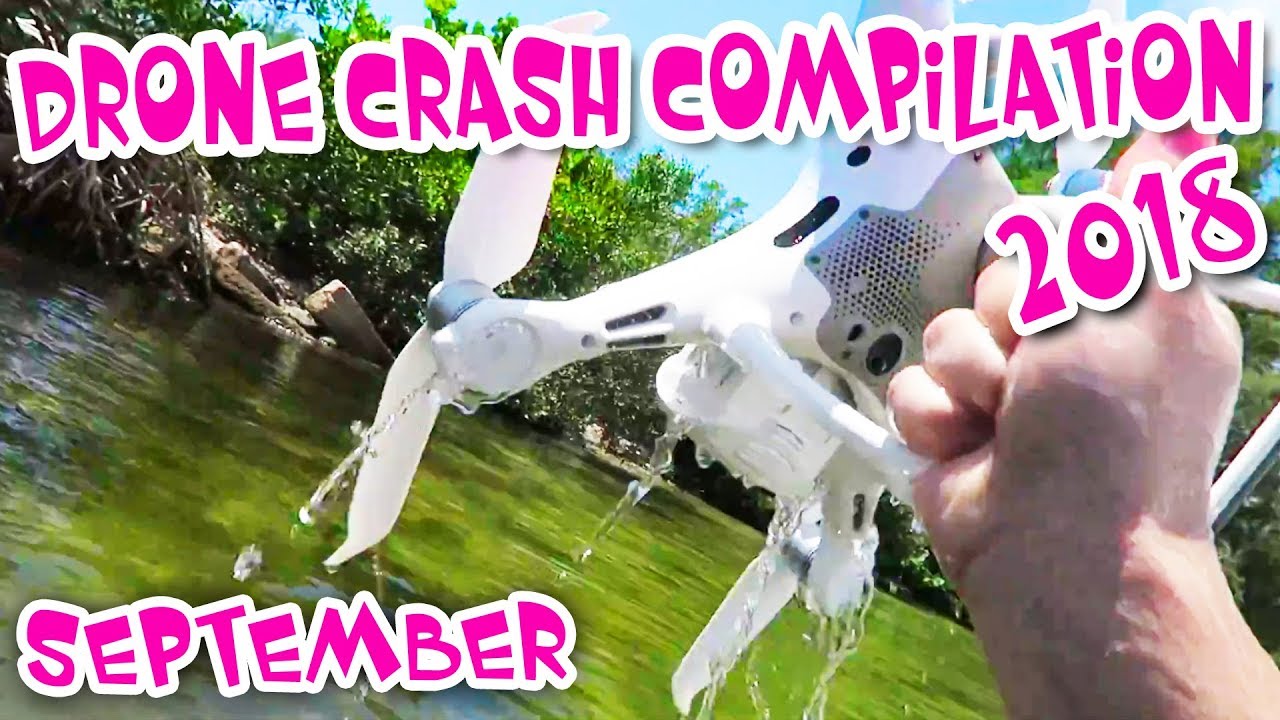Drone show accidents: They’re captivating spectacles gone wrong, a stark reminder that even the most mesmerizing technology can falter. This guide delves into the causes, consequences, and prevention of these incidents, exploring everything from technological glitches to human error. We’ll examine real-world examples, safety protocols, and what steps are being taken to ensure future shows are both spectacular and safe.
From minor malfunctions to catastrophic crashes, we’ll dissect the various types of accidents, analyze contributing factors, and explore the critical role of pilot training, stringent regulations, and robust emergency response plans. We’ll also cover the legal and insurance aspects, providing a holistic view of this increasingly popular, yet potentially hazardous, form of entertainment.
Types of Drone Show Accidents
Drone show accidents, while relatively rare considering the increasing popularity of these spectacular displays, can range from minor glitches to catastrophic failures. Understanding the various types of accidents and their causes is crucial for improving safety protocols. This section categorizes drone show accidents by severity and explores common contributing factors.
Common Causes of Drone Show Malfunctions
Malfunctions leading to drone show accidents often stem from a combination of factors, including technical issues, environmental conditions, and human error. Common technical problems involve GPS signal loss, battery failures (resulting in mid-air power loss), motor malfunctions, and software glitches. Adverse weather, such as strong winds, heavy rain, or low visibility, can significantly impact drone stability and control, increasing the risk of accidents.
Categorization of Drone Show Accidents by Severity
Drone show accidents can be categorized based on their severity:
- Minor Malfunctions: These involve relatively small issues, such as a single drone deviating slightly from its programmed path or experiencing a brief loss of control, quickly recovering without causing significant damage or harm.
- Major Crashes: These involve multiple drones crashing or a single drone causing substantial damage upon impact. Property damage might occur, but injuries are typically avoided.
- Injuries: Accidents resulting in injuries to spectators or personnel. This could involve falling drones or debris striking individuals.
- Fatalities: The most severe category, involving deaths due to drone show accidents. This is thankfully a rare occurrence.
Examples of Drone Show Accidents
Several real-world examples illustrate the diverse nature of drone show accidents. One instance involved a sudden power outage affecting several drones during a large-scale show, resulting in a controlled but chaotic landing. Another involved a GPS malfunction causing several drones to collide mid-air, resulting in minor damage. A more serious incident involved a drone malfunctioning and falling into a crowd, causing minor injuries.
While fatalities are rare, the potential for such outcomes necessitates stringent safety measures.
Table of Drone Show Accident Types
| Accident Type | Cause | Severity | Outcome |
|---|---|---|---|
| Minor Malfunction | Software glitch | Minor | Drone recovered, minor delay |
| Major Crash | GPS failure, strong winds | Moderate | Multiple drones damaged, no injuries |
| Injury | Battery failure, drone falling into crowd | Serious | Minor injuries to spectators |
| Fatality (Hypothetical) | Complete system failure, uncontrolled descent | Catastrophic | Death(s) |
Safety Protocols and Regulations
Robust safety protocols and regulations are paramount to mitigating the risks associated with drone shows. These regulations vary across jurisdictions, reflecting different approaches to safety and risk management. This section will explore these variations and the critical role of pilot training and certification.
Existing Safety Regulations and Protocols
Many countries and regions have established regulations governing drone operations, including those for drone shows. These regulations typically address aspects such as airspace authorization, pilot certification, pre-flight checks, and emergency response procedures. Specific requirements vary, but common themes include ensuring adequate airspace clearance, establishing communication protocols, and implementing contingency plans for malfunctions.
Comparison of Safety Measures Across Regions
The specific safety measures employed in drone shows differ across various countries and regions. Some jurisdictions have stricter regulations and more rigorous certification requirements for drone pilots than others. Differences might also exist in terms of airspace restrictions, emergency response protocols, and liability frameworks. The level of enforcement also varies, influencing the overall safety standards.
Role of Pilot Training and Certification
Pilot training and certification are vital for ensuring safe drone show operations. Comprehensive training programs should cover aspects such as drone operation, emergency procedures, risk assessment, and regulatory compliance. Certification provides assurance that pilots possess the necessary skills and knowledge to operate drones safely and effectively during shows. The level of certification required may vary depending on the size and complexity of the drone show.
Pre-Flight Safety Checklist for Drone Show Operators
A comprehensive pre-flight checklist is essential for ensuring the safe operation of a drone show. This checklist should include:
- Thorough inspection of all drones and equipment
- Verification of GPS signal strength and accuracy
- Battery charge level check and appropriate spares
- Confirmation of weather conditions and suitability for flight
- Review of flight plan and coordination with other operators
- Emergency response plan review and communication checks
- Airspace authorization verification
Technological Factors Contributing to Accidents
Technological failures play a significant role in drone show accidents. Understanding these failures and exploring technological advancements aimed at enhancing safety is crucial. This section will discuss these technological aspects and potential improvements.
Common Technological Failures
Several technological factors can contribute to drone show accidents:
- GPS Errors: Inaccurate or lost GPS signals can lead to drones deviating from their planned flight paths, potentially causing collisions or crashes.
- Battery Failures: Unexpected battery failures can result in mid-air power loss, causing drones to fall uncontrollably.
- Software Glitches: Software bugs or malfunctions can lead to unpredictable drone behavior, compromising safety.
- Motor Failures: Motor malfunctions can result in loss of control and crashes.
- Communication System Failures: Loss of communication between the drones and the control system can lead to uncontrolled flights.
Impact of Weather Conditions
Adverse weather conditions such as strong winds, heavy rain, or fog can significantly impact drone stability and control, increasing the risk of accidents. Wind gusts can knock drones off course, while rain can affect visibility and drone performance.
Technological Advancements for Improved Safety
Technological advancements are continuously improving drone safety. Redundant systems, improved GPS accuracy, enhanced battery technology, and more robust communication systems are contributing to safer drone shows. Autonomous emergency landing systems and improved obstacle avoidance technologies are also improving safety.
Potential Technological Improvements
Further technological improvements could significantly enhance drone show safety:
- Improved redundancy systems to ensure continued operation even if one component fails.
- More robust communication protocols to maintain reliable control even in challenging environments.
- Advanced obstacle avoidance systems to prevent collisions.
- Real-time monitoring and control systems to provide greater situational awareness.
- Self-destruct mechanisms (as a last resort) to prevent uncontrolled crashes.
Human Error in Drone Shows
Human error, encompassing pilot mistakes, inadequate planning, and poor communication, significantly contributes to drone show accidents. This section will explore the role of human factors and strategies for minimizing human error.
How Human Error Leads to Accidents
Human error can manifest in various ways:
- Pilot mistakes: Incorrect programming, inadequate response to malfunctions, or poor piloting skills.
- Poor planning: Insufficient risk assessment, inadequate contingency planning, or lack of coordination among pilots.
- Inadequate communication: Poor communication among pilots or between pilots and ground crew.
Examples of Human Errors and Their Consequences
Numerous incidents illustrate the consequences of human error. For example, a pilot’s failure to adequately assess wind conditions led to several drones being blown off course and crashing. Another case involved a miscommunication between pilots, resulting in a near-miss collision.
Comparison of Human and Technological Factors
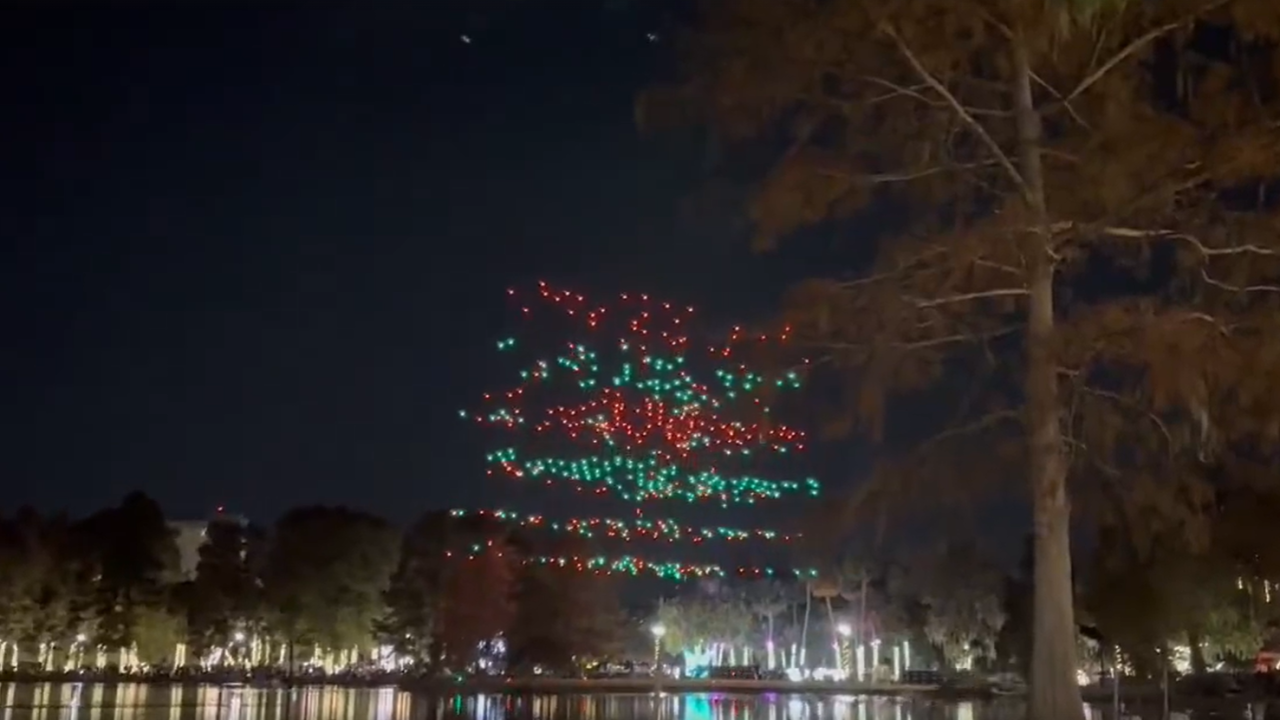
Both human and technological factors often contribute to drone show accidents. Sometimes, human error leads to a technological failure (e.g., a pilot failing to adequately charge batteries), while at other times, technological failures exacerbate human errors (e.g., a GPS malfunction making it harder for a pilot to recover from a mistake). A comprehensive approach to safety must address both factors.
Minimizing Human Error in Drone Show Operations
Several strategies can help minimize human error:
- Thorough pilot training and certification
- Strict adherence to safety protocols
- Effective communication systems
- Regular safety audits and reviews
- Use of checklists and standardized procedures
- Independent oversight and verification of flight plans
Emergency Response and Mitigation
Effective emergency response procedures are crucial for minimizing the consequences of drone show accidents. This section will Artikel such procedures and strategies for damage control and risk mitigation.
Drone show accidents, sadly, happen. Proper planning and reliable equipment are key to preventing them. For a safer, more spectacular show, consider using high-quality drones like those from sky elements drones , known for their stability and advanced features. Investing in top-notch tech can significantly reduce the risk of a drone show accident and boost the overall performance.
Effective Emergency Response Procedures
A well-defined emergency response plan should include:
- Designated emergency personnel trained in drone recovery and first aid.
- Clear communication protocols for coordinating responses.
- Pre-determined evacuation routes for spectators.
- Procedures for securing the accident site.
- Methods for safely recovering downed drones.
Damage Control and Public Relations
Following a drone show accident, swift and transparent communication with the public is crucial. This involves providing accurate information about the incident, addressing concerns, and outlining steps taken to prevent future occurrences. A well-managed public relations strategy can help mitigate negative impacts.
Methods for Mitigating Risks and Preventing Future Accidents
Risk mitigation involves implementing measures to reduce the likelihood and severity of future accidents. This includes rigorous pre-flight checks, thorough pilot training, regular equipment maintenance, and the use of advanced safety technologies.
Step-by-Step Plan for Handling a Drone Crash
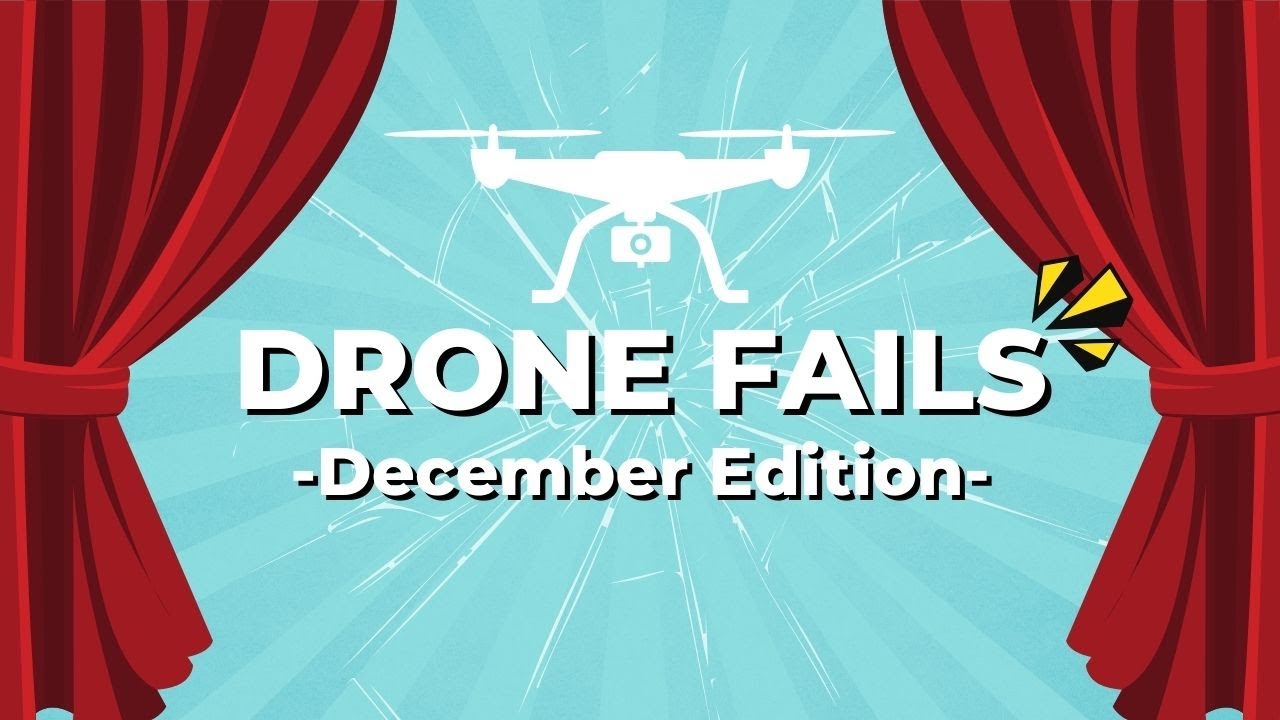
A step-by-step plan for handling a drone crash during a show might include:
- Immediately cease the show and secure the area.
- Activate emergency response procedures.
- Assess the situation and identify any injuries.
- Provide first aid if necessary.
- Contact emergency services.
- Secure the crashed drone and any debris.
- Investigate the cause of the accident.
- Communicate with the public and relevant authorities.
Insurance and Liability
Adequate insurance coverage is crucial for drone show operators to protect themselves against potential liabilities arising from accidents. This section explores insurance implications and legal aspects of drone show accidents.
Importance of Insurance Coverage
Insurance coverage protects drone show operators from financial losses resulting from accidents, including property damage, injuries, and legal costs. Comprehensive liability insurance is essential to cover potential claims from injured spectators or damaged property.
Drone show accidents, unfortunately, happen. Sometimes things go wrong, and what starts as a dazzling display can quickly turn into a chaotic mess. A recent example of this is detailed in a report on a drone show crash , highlighting the importance of safety protocols and thorough pre-flight checks. Understanding these failures helps prevent future drone show accidents and ensures safer, more spectacular shows.
Liability Issues Related to Drone Show Accidents
Liability in drone show accidents can be complex. Determining responsibility might involve investigating pilot error, equipment malfunction, or other contributing factors. Legal precedents vary across jurisdictions, impacting how liability is assessed.
Filing Insurance Claims, Drone show accident
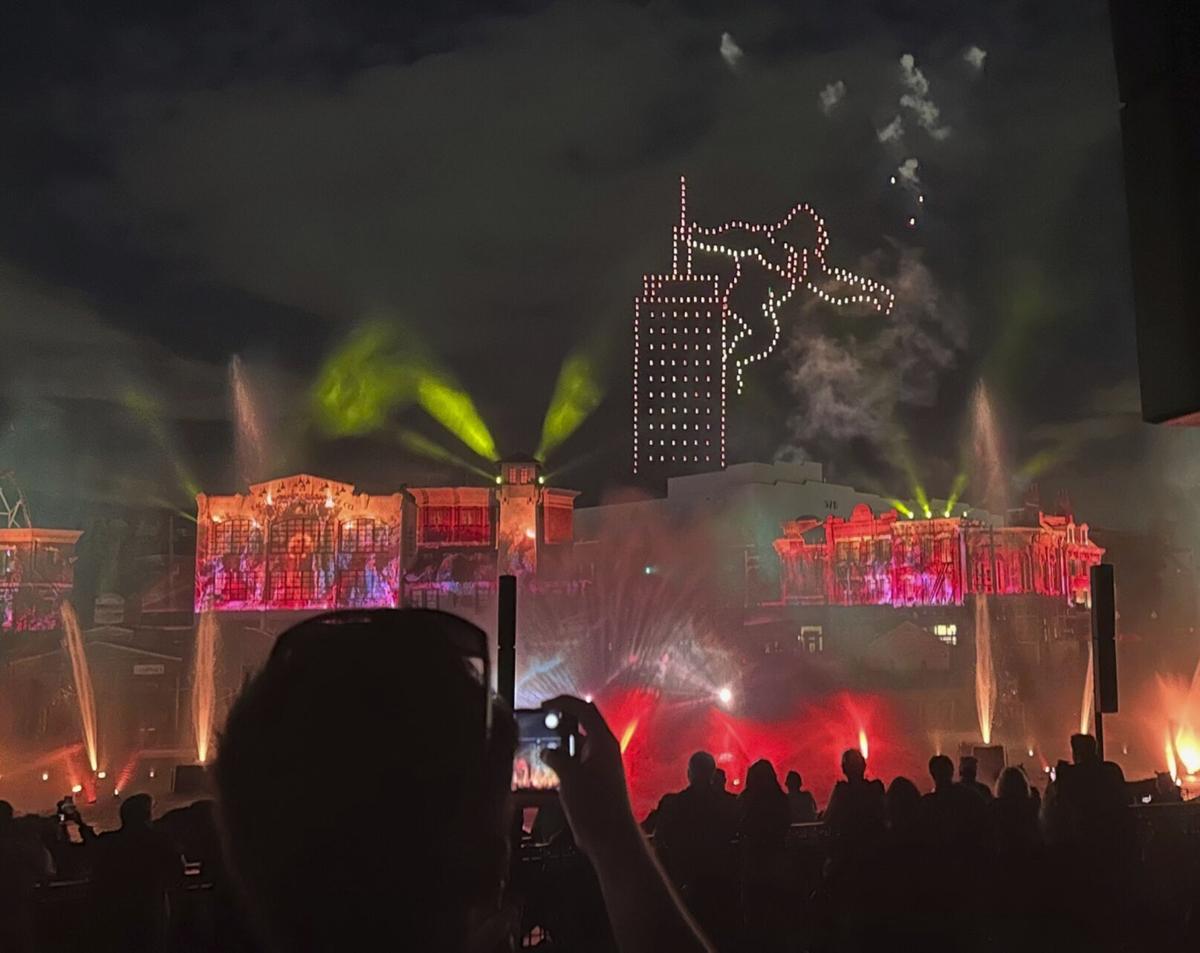
The process for filing insurance claims varies depending on the specific insurance policy and the nature of the accident. It typically involves documenting the incident, providing evidence, and cooperating with the insurance company’s investigation.
Legal Precedents Related to Drone Show Accidents
While drone show accidents are relatively rare, legal precedents are emerging as the technology becomes more widespread. These precedents establish guidelines for determining liability and assessing damages in various accident scenarios. It’s crucial for operators to be aware of relevant legislation and case law in their jurisdiction.
Case Studies of Drone Show Accidents
Analyzing specific drone show accidents provides valuable insights into contributing factors and effective mitigation strategies. This section presents detailed case studies to illustrate these points.
Detailed Descriptions of Significant Accidents
(Note: Due to the relatively limited public reporting of detailed drone show accidents, the following are hypothetical examples based on common failure modes and plausible scenarios.)
Drone show accidents, while rare, highlight the potential dangers of these increasingly popular displays. Safety protocols are crucial, as a recent incident shows – check out this news story about a boy hit by drone to see the real-world impact. Understanding these risks is key to ensuring future drone shows are both spectacular and safe.
- Case 1: A large-scale drone show experienced a widespread GPS signal interference, causing numerous drones to lose their programmed flight paths and collide, resulting in significant property damage but no injuries. The contributing factors included interference from a nearby radio transmitter and inadequate pre-flight GPS signal verification.
- Case 2: A smaller drone show experienced a catastrophic battery failure in a single drone, causing it to fall from a significant height and injure a spectator. Contributing factors were improper battery maintenance and lack of a comprehensive emergency response plan.
- Case 3: During a nighttime show, a drone experienced a software glitch causing it to perform erratic maneuvers and ultimately crash into a building, causing structural damage. Contributing factors were insufficient software testing and inadequate pilot response to the malfunction.
Table of Case Studies
| Case Study | Accident Details | Contributing Factors | Lessons Learned |
|---|---|---|---|
| Case 1 (GPS Interference) | Widespread GPS signal loss, multiple drone collisions | Radio frequency interference, inadequate pre-flight checks | Improved GPS signal verification, radio frequency interference mitigation |
| Case 2 (Battery Failure) | Single drone battery failure, spectator injury | Improper battery maintenance, inadequate emergency response | Stricter battery maintenance protocols, enhanced emergency response plan |
| Case 3 (Software Glitch) | Software malfunction, drone crash into building | Insufficient software testing, inadequate pilot response | Thorough software testing, improved pilot training for malfunction response |
Visual Representation of a Drone Show Accident
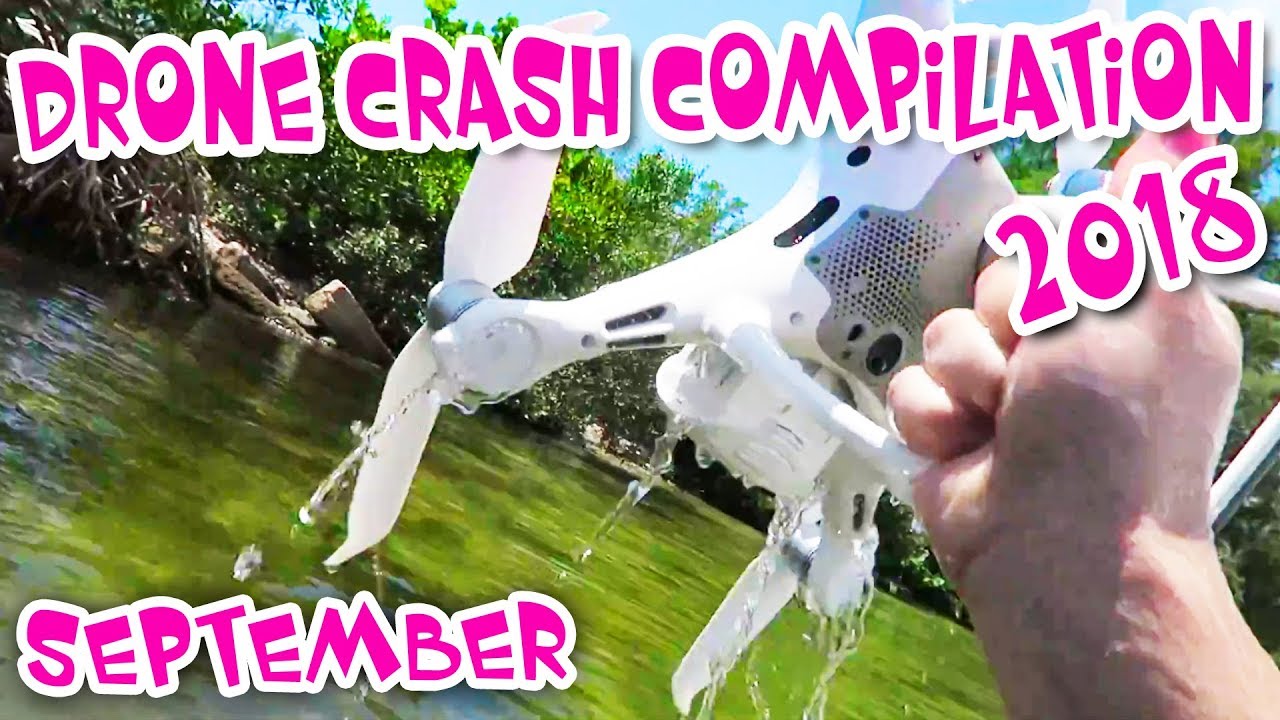
Imagine a vibrant evening drone show over a city park. Hundreds of drones, meticulously programmed, are painting intricate patterns in the twilight sky. Suddenly, a section of drones, approximately 20, begins to deviate from their synchronized movements. Their lights flicker erratically, then dim, before they begin a chaotic descent. The drones, initially moving in a graceful, flowing formation, now tumble through the air, their programmed routines lost.
Several collide mid-air, a shower of sparks briefly illuminating the darkening sky before the drones crash into a relatively unpopulated area of the park. While no one is seriously injured, the sight of the cascading lights and the sound of the impact sends a ripple of concern through the watching crowd. The remaining drones, now safely landed under the emergency protocols, end the show prematurely.
The crash site, post-incident, shows several damaged drones scattered amongst the grass, their once-brilliant lights extinguished. The visual impact was one of sudden, uncontrolled chaos, starkly contrasting the preceding harmony of the show.
Last Point
Ultimately, preventing drone show accidents requires a multi-faceted approach. By understanding the common causes, implementing rigorous safety protocols, investing in advanced technology, and fostering a culture of responsibility among operators, we can significantly minimize risks and ensure that the breathtaking beauty of drone shows continues to captivate audiences worldwide without compromising safety. Let’s work together to keep the skies safe and the shows spectacular.
FAQ Resource
What’s the average cost of insurance for a drone show?
Insurance costs vary widely depending on factors like the number of drones, show complexity, and operator experience. It’s best to get quotes from multiple insurers specializing in drone operations.
What are the legal ramifications of a drone show accident causing property damage?
Liability for property damage caused by a drone show accident typically falls on the operator. This could involve legal action, financial compensation, and potential regulatory penalties. Adequate insurance is crucial.
How can spectators stay safe during a drone show?
Spectators should follow any instructions given by show organizers, remain in designated viewing areas, and avoid attempting to interact with the drones. Being aware of your surroundings and remaining vigilant is key.
